If you want to lose weight, you don’t have to go without all the things you enjoy. In fact, eating healthy to lose weight is all about balance, sticking to a plan, and picking foods that are good for your body. A well-organised meal plan not only helps you lose weight, but it also gives you more energy, keeps your metabolism going strong, and makes you healthier overall.
Key Principles Of Healthy Weight Loss
Creating a calorie shortfall, which means eating fewer calories than you burn, is the first step in any weight loss plan that works. But this should be done slowly and safely. People who go on crash diets often lose muscle, don’t get enough nutrients, and gain the weight back.
Instead of just counting calories, it’s important to make sure your macronutrients are in balance:
- Protein helps your body keep muscles and makes you feel full.
- Complex carbs give you steady energy and fibre.
- Healthy fats are important for keeping hormones in check and feeling full.
Part control is very important. If you eat the right amounts of nutrient-dense foods, you can lose weight without feeling starving. Also, don’t forget how important it is to stay hydrated. Water helps your body digest food, keeps you from eating, and might even speed up your metabolism.
Foods To Prioritise
If you want to lose weight, you need to eat the right things. Choose foods that are high in nutrients and will keep you full longer. They will also give you the vitamins and minerals you need.
- Lean Proteins: Incorporate chicken breast, turkey, fish, eggs, tofu, legumes, and low-fat dairy. Protein not only helps keep muscles in good shape, but it also takes more energy to digest, which may help you burn more calories.
- Fruits and Vegetables High in Fibre: Berries, broccoli, leafy greens, and carrots are low in calories and high in fibre, which helps you feel full for longer.
- Whole Grain: Instead of white rice and bread, eat quinoa, brown rice, oats, and whole wheat foods. These give you energy slowly and help keep your blood sugar in check.
- Healthy fats: Avocados, nuts, seeds, olive oil, and fatty fish like salmon are good for your heart and keep you from eating too much because they make you feel full.
- Low-calorie snacks: Greek yogurt, air-popped popcorn, and raw vegetables with hummus are all great options for snacks that won’t get in the way of your goals.
Foods To Limit Or Avoid
To keep making steady progress, it can help to cut back on or get rid of foods that can slow down weight loss:
- Processed foods and sugar: Frozen meals, cookies, candies, and chips often have extra sugars, fatty fats, and chemicals that make you gain weight.
- Drinks with a lot of sugar: Soft drinks, iced coffee, and even some juices are full of sugar and calories that don’t do anything.
- Refined Carbohydrates: White bread, cakes, and pasta don’t have much fiber and can make your blood sugar rise, which can make you hungry and make you eat too much.
- High-soda foods: Soups in a can, salty snacks, and fast food can make you retain water and feel bloated, which can hide the fact that you’re losing fat.
Sample 7-day Meal Plan
The daily caloric range for this meal plan is between 1,500 and 1,800, but this can be changed depending on your age, gender, and amount of exercise.
Day 1 Example:
- Breakfast: Oatmeal with Berries and Chia Seeds
- Lunch: Grilled chicken salad with an olive oil vinaigrette.
- Dinner: Rice, veggies cooked, and baked salmon
- Snack: Almonds or Greek yoghurt.
Days 2 To 7:
- Rotate lean proteins (e.g., turkey, tofu), veggies (e.g., spinach, bell peppers), and carbs (e.g., sweet potato, brown rice).
- Include at least one fruit daily and drink plenty of water.
To feel full and get all the nutrients you need, each meal should have the right amount of protein, fibre, and good fats.
Meal Prep Tips And Planning Ahead
Preparing meals ahead of time is a great way to stay on track. How to make it work:
- Plan: Make a list of the foods you need for the week and the meals you want to eat. Stay close to the store’s edges, where the whole foods are kept.
- Batch Cook: Make a lot of basic foods, like cooked chicken, brown rice, and roasted veggies. Put food in containers to make quick meals.
- Portion Meals: To prevent overeating, divide meals into proper serving amounts using a food scale or measuring glasses.
- Smart Storage: Label food, put it in the fridge, or freeze it. You can see what’s inside clear packages.
- Track Your Progress: A simple food log or an app like MyFitnessPal can help you keep track of what you eat and see where you can make changes.
Common Challenges And How To Overcome Them
Cravings And Emotional Eating:
When you’re hungry, choose better options. Want something sweet? Fruit or dark chocolate will do. If you eat when you’re upset, write in a notebook or go for a walk instead.
Dining Out:
Look at the menu ahead of time and pick between grilled and baked foods. Dressings should be served on the side instead of thick sauces.
Time Constraints:
Always have healthy snacks and meals ready to go on hand. On busy days, slow cookers and sheet pan meals can come in very handy.
Plateaus:
Change the amount of food you eat and how active you are if your growth stops. Making small changes to your routine can help you lose weight again.
Conclusion
A healthy meal plan for weight loss isn’t about cutting back; it’s about getting enough nutrients, finding balance, and making habits that you can keep up for life. You can reach and keep a better weight by focusing on whole foods, planning your meals ahead of time, and being aware of what you eat. Remember that growth takes time, so be patient, keep going, and enjoy every little win along the way.


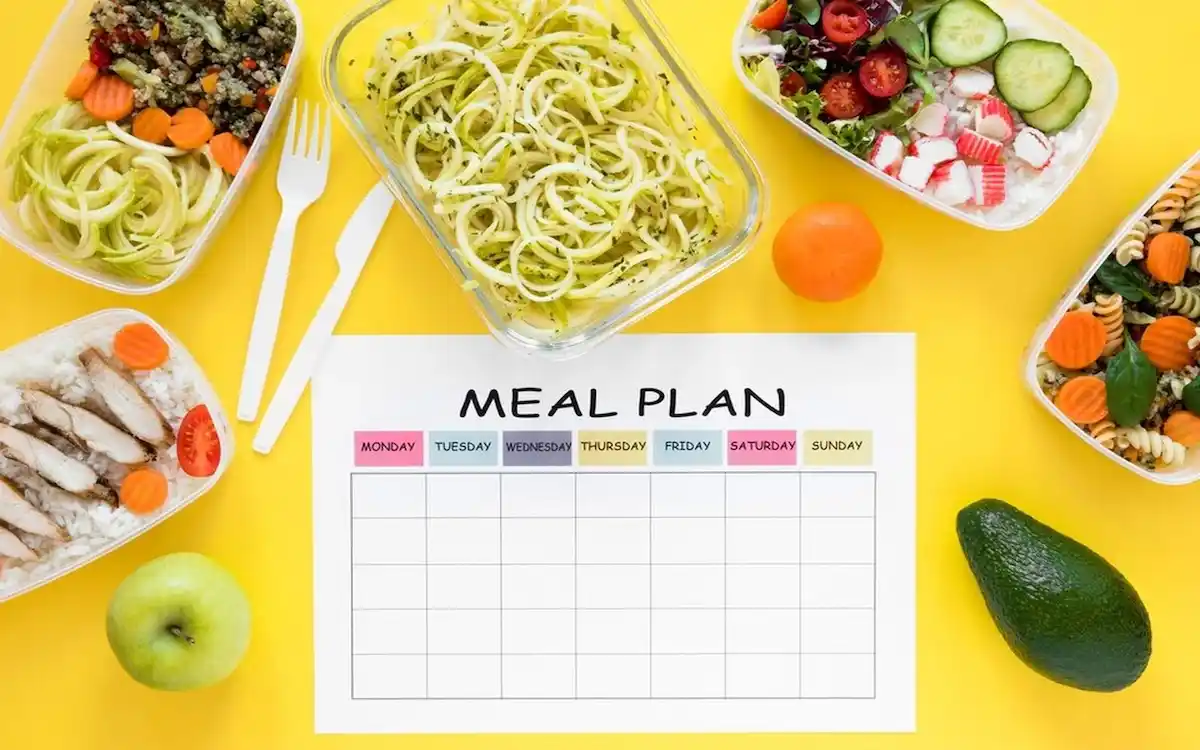
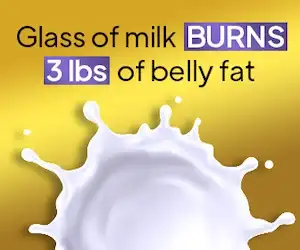
 How to Start a Weight Loss Program
How to Start a Weight Loss Program 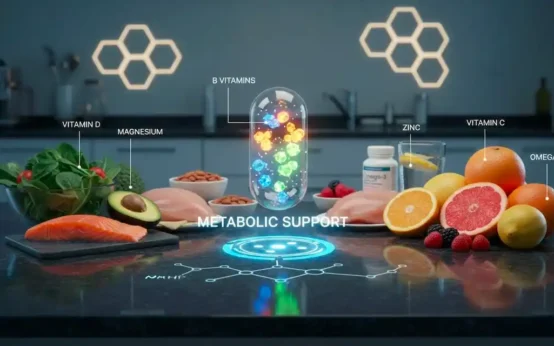 What Vitamin Deficiency Makes It Hard to Lose Weight?
What Vitamin Deficiency Makes It Hard to Lose Weight? 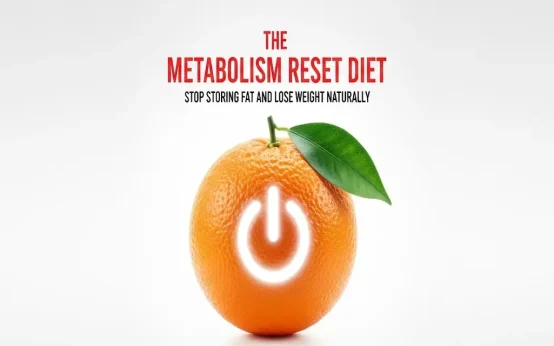 Improve Fat Burning With a Metabolism Reset Diet
Improve Fat Burning With a Metabolism Reset Diet 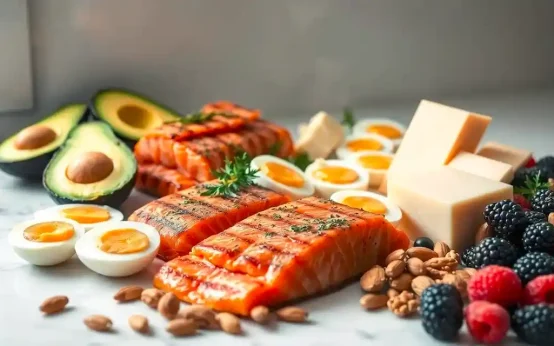 The Best Food for the Keto Diet
The Best Food for the Keto Diet  How to Avoid Loose Skin When Losing Weight
How to Avoid Loose Skin When Losing Weight 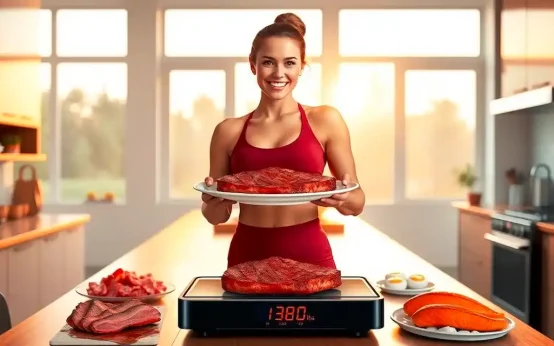 Can You Lose Weight on Carnivore Diet?
Can You Lose Weight on Carnivore Diet?